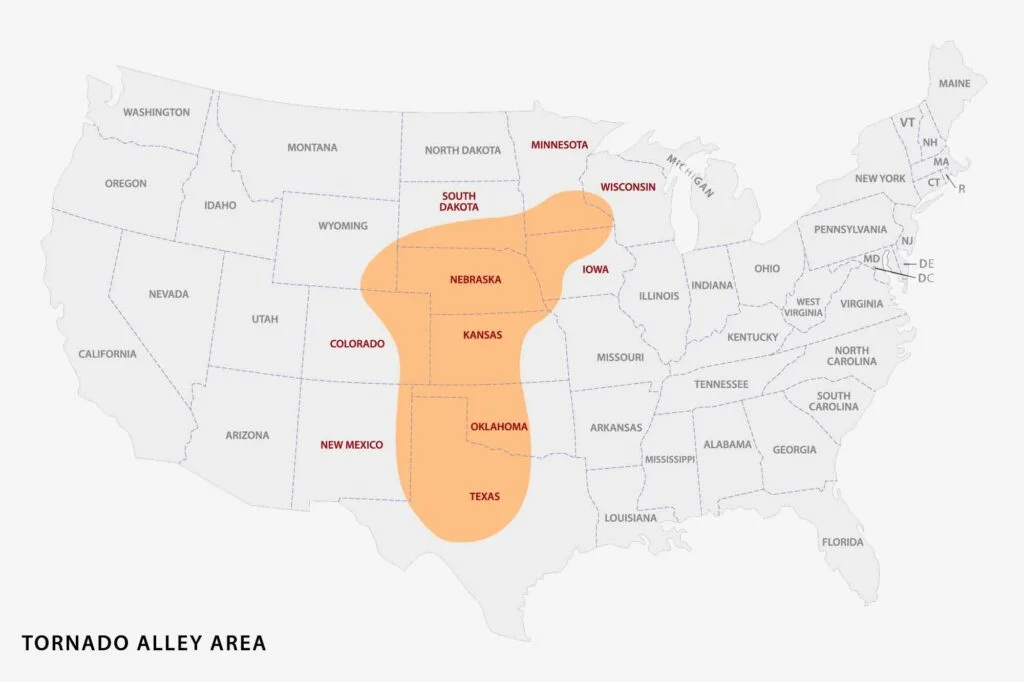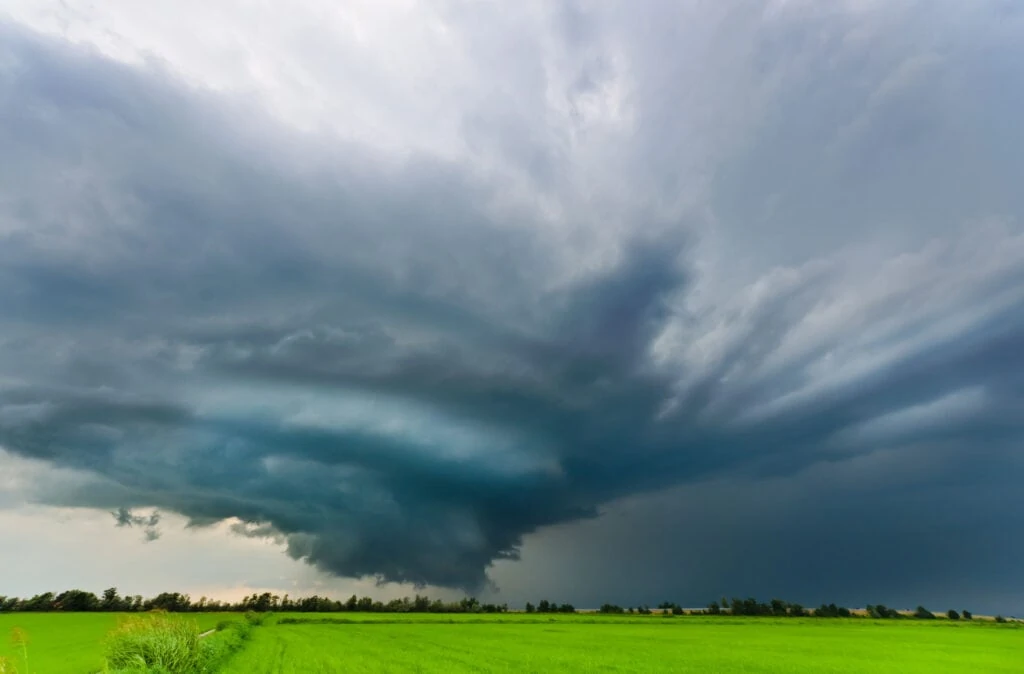As winter changes to spring, meteorologists switch focus from winter storms to severe weather. Ramping up first in the Deep South in March, tornado season peaks in ‘Tornado Alley’ in May and June.
But is tornado alley shifting? The region still sees greater numbers of tornadoes each year, but there is a downward trend. However, there is an equally noticeable upward trend across a wide swath from Illinois to Louisiana, with tornado outbreaks more common here than ever before. The December 2021 “Quad State Tornado” cut a path more than 200 miles east of the heart of Tornado Alley.
This new Tornado Alley is much larger. Should we be worried?
More on Severe Weather and Tornadoes

Where is Tornado Alley?
What states are in Tornado Alley?
Where did the term ‘Tornado Alley’ come from?
Can tornadoes occur anywhere in the U.S.?
Is Tornado Alley shifting east?
People used to worry about a tornado in downtown Dallas; these studies suggest downtown Memphis and Nashville are more at risk. Recent events confirm this: Nashville saw a tornado rip through the city in March 2020, and Memphis is no stranger to tornadic activity.
Some meteorologists call this region “Dixie Alley,” a nod to the increasing number of tornadoes in the South.
Is climate change to blame?
But the changes are too significant to pin on this alone, so some of these shifts are likely due to climate change. But is it natural or man-made climate change at work?
One school of thought suggests that the uptick is part of an overall increase in severe weather across the U.S. due to climate change. Climate models have been forecasting this for years.
However, others note that the variability may stem from bigger cycles, such as differences in Pacific sea surface temperatures. This could also be shifting Tornado Alley; we don’t have enough data to see the cycle.

The bottom line
No matter the reason, the data suggests that anyone east of Tornado Alley is at increased risk of tornadic activity. This means it is more important than ever to stay “weather aware.”
Our recommendation? Invest in a weather radio. Our favorite is the Midland – WR120B/WR120EZ – NOAA Emergency Weather Alert Radio. This weather radio can receive weather alerts directly from the National Weather Service and SAME technology, which allows the weather radio to display the type of warning even after the broadcast message ends.
That’s the easiest way to keep yourself safe and is far more dependable than the often incorrect weather app.


Thank you. I see the weather disturbance around me in Happy Valley, State College, PA. The insects and flora changing rapidly, the trees dying, and the severe weather that comes on suddenly. “A Word to the wise should be sufficient.” my mother said a lot. Keeping up on Alerts and information will save your lives.
We have stocked a safe room in the basement here and in Gordonsvile, VA homes. After the Kinzua Viadut was leveled by massive tornado we knew PA could get hit.
this severe weather has been off the charts because more tornadoes are being involved and hail and wind reports im saying that by 2030 or 2035 we could be a new tornado alley suchs as maryland and delaware so if you are under a watch or a warning take a watch as a warning because a warning can be issue at anytime of day and night and month and year stay safe a have fun chasing
Not to panic! Weather does not kill trees except by blowing them down. Trees do have a natural life cycle, which varies a lot depending on the species. Drought (including lack of fluid water in winter) will drive them into dormancy. This accounts for fall foliage color as the tree stops photosynthesizing with the change in light and underlying colors emerge. The trees that appear to be dying earlier are probably diseased or damaged in some way such as by insects, changes in the soil, lack of soil, or applications of highway salt in the NE for example. Pine trees do shed needles naturally. Weather by itself doesn’t kill trees. The notion of acid rain has been debunked.